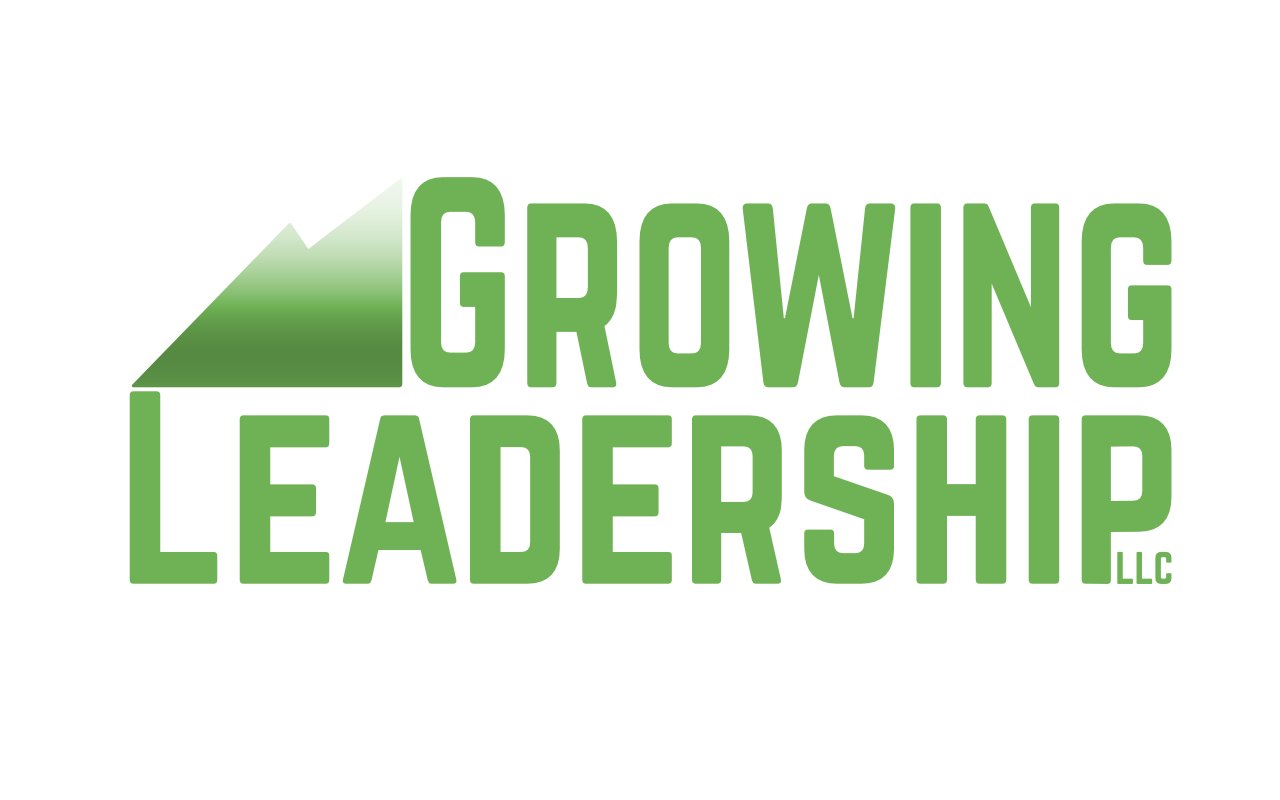Working Smarter Not Longer
Are you effectively managing your time to ensure that you are working smarter rather than longer? Are you ensuring that you have enough time for the most important activities? And what about those you supervise? Are you encouraging employees to work unproductively long hours?
There will always be more work, so how do you draw the line? We all like to see our inbox empty, but is that a useful standard to measure workplace success and productivity? I am all for to-do lists and try to update mine at the end of each workday, but it is important to focus on the quality of the list.
How much of your to-do list includes items that are really important? Do you carve out time to make sure that those important items get the needed attention? How much of your work day is consumed by activities that are less important or perhaps could be delegated to others?
Stephen Covey reminds us to “put first things first” in his classic “The Seven Habits of Highly Effective People.” The urgent/important matrix he describes is a useful way to approach this challenge. Quadrant II (not urgent/important) is typically underutilized, even though it includes many important leadership activities including:
- goal setting and clarifying priorities
- building positive relationships
- developing and training people
- reflecting on your own behavior and making constant improvements
- creating a positive work climate where people have a sense of belonging and meaning
- communicating your vision and values
- encouraging innovation
- rewarding positive results and delegating.
You can read more in my full column here.
We each have an extraordinary opportunity to make a difference in people’s lives, including our own. Don’t underestimate your impact!
